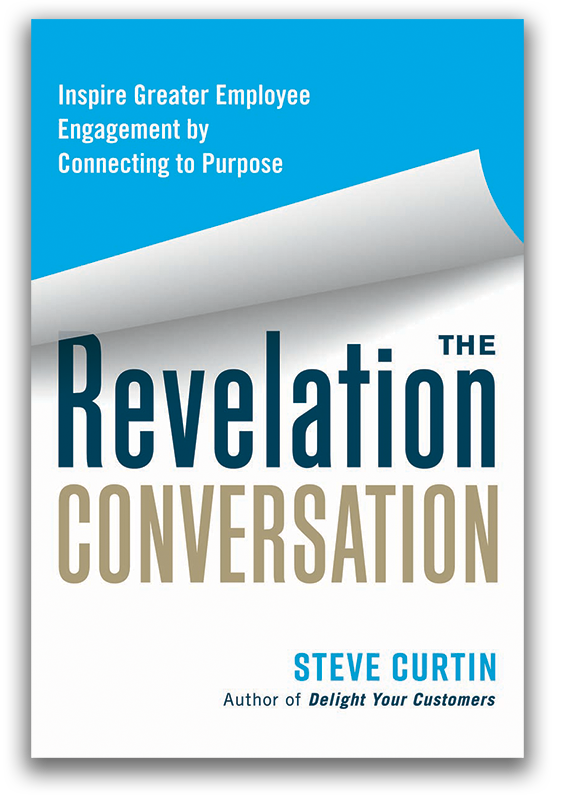Over the holidays my wife and I dined at two steakhouses in the Denver area. Due to Covid-19 restrictions, we were not allowed to dine inside either restaurant. Instead, both restaurants had erected two 400’ sq outdoor tents with a seating capacity of 20 guests each. Both locations used exterior propane heaters to offset 30-degree temperatures outside.
These restaurants should be commended for pivoting and doing their best to accommodate guests while adhering to the restrictions and safety protocols enforced by the state. We had conversations with our servers during both outings and learned that they had been furloughed for a time and then, after returning to work, had their hours slashed due to the inability to fully open indoor dining and the shift to take-out and delivery options. And even when they were scheduled to work, limited capacity impacted the size of their sections, number of covers, and tips earned.
We were well aware of the challenges facing restaurants and other businesses. My wife’s family has been in the restaurant industry since the early-1970s and our own jobs, like many, had been adversely impacted by the virus. Like most restaurant patrons, we empathized with their struggles and made allowances for the spartan ambiance, increased wait times, limited menus, and cooler indoor temps. That said, there was a substantial difference between our experiences at the first and second steakhouse.

When we arrived at the first steakhouse, to the left of the hostess stand was a jarring bright red broom and dustpan that remained throughout our meal. When the hostess appeared, she was wearing sweatpants and a long-sleeve T-shirt and allowed her casual workspace and attire to influence her demeanor. After confirming our reservation, she mechanically said, “Right this way” and, after we were seated, “Your server will be right with you.”
We had a few minutes to take in our surroundings and the first thing we noticed, besides being chilly (which we’d anticipated), was that, although it was mid-December, the tent’s interior barely reflected the holiday season. There was a sparce set of multi-colored lights and a lone wreath that was too small for the space. There was no garland, holly, or holiday music. It looked as if the limited holiday décor had been an afterthought, not a priority to enhance the guest experience. The tent was white as were the table linens and plates. They all sort of bled together like an overexposed photo. There was no centerpiece or candle to add a pop of color or ambience to the table setting. We were seated on austere iron patio chairs.
The second steakhouse we visited operated under the same constraints but made decisions in favor of the guest experience. Not only were employees in uniform, there were no garish cleaning supplies visible to taint our first impressions. Guests were greeted with all the trappings of the season, including abundant lights, wreaths, garland, holly, and popular holiday tunes. Our hostess, seeing our shopping bags, playfully commended our progress while lamenting how much shopping she had left to do. As we were seated, I took note of the table’s seasonal centerpiece and the comfortable, high-back leather chairs.
As the hostess departed, I reflected on the welcome we had just received in contrast to our earlier experience at the first steakhouse. While both restaurants faced the same challenges, this one did a much better job of not telegraphing to the guest that we were in the middle of a global pandemic. Rather than allow the virus to be used as an excuse to relax standards and justify a subpar customer experience, it chose to uphold its standards for product and service quality.
And I wasn’t the only one who noticed. During our meal, my wife said, “Look around. It doesn’t feel like we’re in the middle of a pandemic.” That’s the goal.



